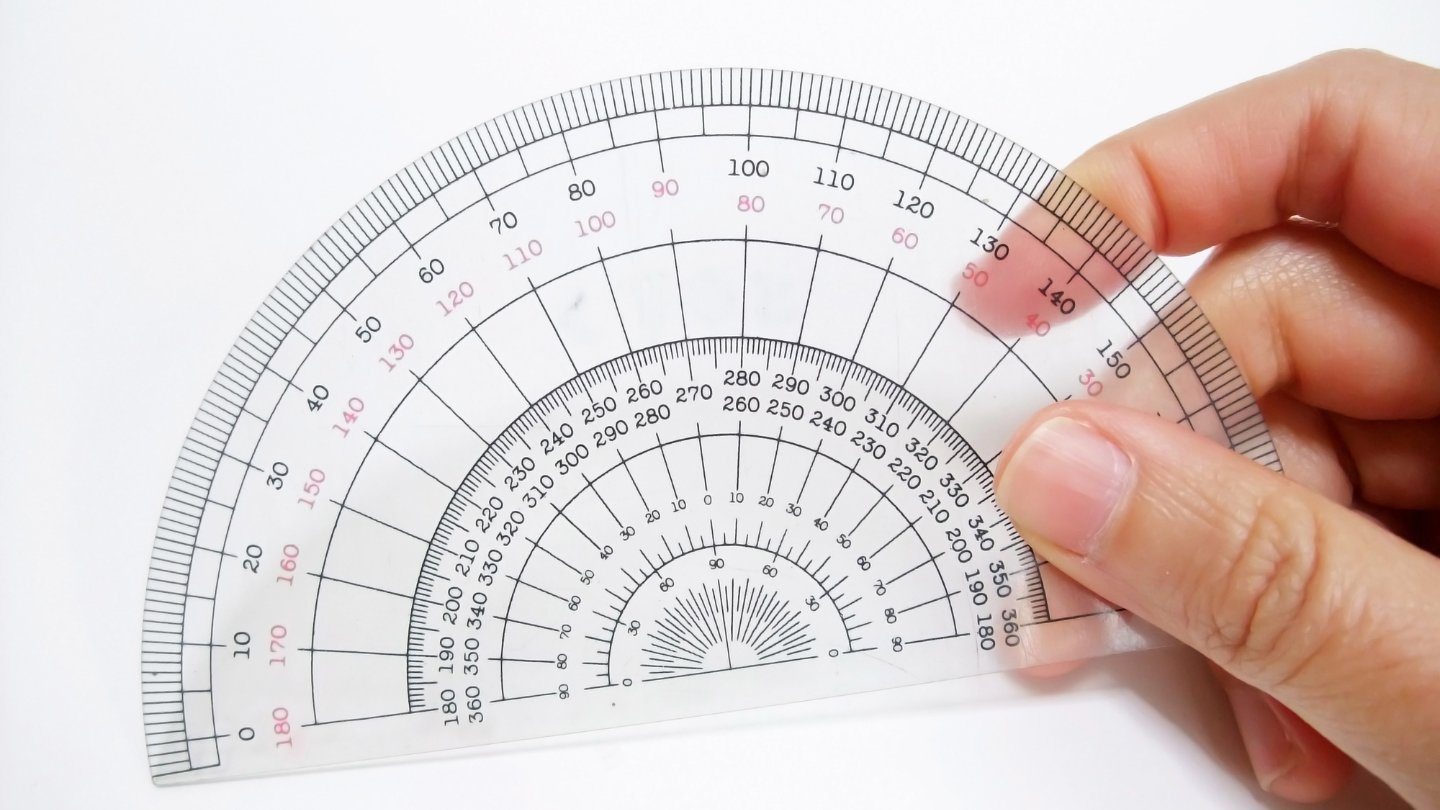

Articles
What Is A Protractor
Modified: August 31, 2024
Learn all about protractors in this informative article. Find out what a protractor is, its uses, and how to use one correctly.
(Many of the links in this article redirect to a specific reviewed product. Your purchase of these products through affiliate links helps to generate commission for Storables.com, at no extra cost. Learn more)
Introduction
Imagine trying to measure angles accurately without a tool specifically designed for that purpose. It would be a daunting task, wouldn’t it? Thankfully, we have a remarkable instrument called a protractor that makes measuring angles a breeze.
A protractor is a specialized measuring tool used in mathematics, engineering, and navigation to measure angles precisely. It is an essential tool for students learning geometry, professionals working in technical fields, and anyone who needs to measure angles in their daily activities.
In this article, we will delve into the world of protractors, exploring their definition, the different parts that make them up, how to use them effectively, and the various types available. We will also discuss the protractor’s crucial role in the field of geometry and its common uses in different industries and everyday life. Finally, we will consider the advantages and disadvantages of using a protractor for angle measurement.
So, if you’re ready to unlock the mysteries of angles and discover the power of the protractor, let’s dive in!
Key Takeaways:
- The protractor is a versatile and essential tool for accurately measuring, classifying, and constructing angles in various fields, from education and engineering to art and navigation. Its precision and ease of use make it indispensable for angle-related tasks.
- While protractors have limitations, such as their range of measurements and susceptibility to parallax error, the benefits of using a protractor, including accuracy, affordability, and visual representation of angles, far outweigh the drawbacks. It remains a valuable instrument for unlocking the mysteries of angles and furthering our knowledge of geometry.
Read more: What Does A Protractor Look Like
Definition of a Protractor
A protractor is a flat, semicircular or circular instrument used to measure and draw angles accurately. It is typically made of transparent or opaque material, such as plastic or metal, and features a graduated scale marked in degrees or radians. The primary purpose of a protractor is to calculate the size of an angle or to construct angles of precise measurements.
The semicircular or circular shape of a protractor allows it to measure angles ranging from 0 degrees (no rotation) to 180 degrees (a straight line) or 360 degrees (a full circle). The graduated scale is divided into equal intervals, with each interval representing one degree. Some protractors may have additional markings, such as quarter-degree or half-degree increments, to provide more accurate measurements.
In addition to the graduated scale, a protractor often features a center point or pivot at the vertex of the angle being measured. This pivot allows the protractor to rotate freely, enabling the user to align it with the sides of the angle for precise measurement.
Protractors come in various sizes and designs, but the most common form is the semicircular protractor. This type of protractor resembles a half-circle and is widely used in educational settings and everyday applications.
Overall, a protractor is an indispensable tool for accurately measuring and constructing angles, whether in the field of mathematics, engineering, or other disciplines that involve geometric calculations.
Parts of a Protractor
To effectively use a protractor and measure angles, it is important to understand the different parts that make up this essential tool. Here are the main components of a typical protractor:
1. Base: The base of a protractor is the flat edge that rests against a surface or the paper when measuring or drawing angles. It provides stability and ensures accurate alignment.
2. Center Point or Pivot: Located at the vertex of the protractor, the center point serves as the pivot when rotating the protractor to measure different angles. It allows for precise positioning and alignment.
3. Degree Scale: The degree scale is the circular or semicircular marking on the protractor that indicates the angles in degrees. It is divided into equal increments, usually from 0 degrees to 180 degrees or 0 degrees to 360 degrees, depending on the type of protractor.
4. Degree Markings: The degree markings are the numbers or lines on the degree scale that indicate the specific measurement of an angle. They help us read and interpret the angle accurately.
5. Zero Mark: The zero mark represents the starting point on the degree scale. It aligns with the baseline when measuring or drawing an angle.
6. Outer Edge: The outer edge of the protractor is the curved portion that corresponds to the circumference of the circle. It helps us visualize and measure angles that extend beyond 180 degrees.
7. Inner Edge: Some protractors have an inner edge, which is an additional curved portion located closer to the center point. It allows for more precise measurement of small angles.
8. Angle Lines: Angle lines are the lines that extend from the center point to mark the sides of the angle being measured or constructed. They help in aligning the protractor accurately.
Understanding the various parts of a protractor is crucial to ensure correct usage and accurate angle measurement. Familiarize yourself with these components, and you’ll be well-equipped to handle any angle-related task.
How to Use a Protractor
Using a protractor may seem a bit daunting at first, but with a little guidance, it becomes a straightforward process. Follow these steps to effectively use a protractor for measuring angles:
1. Place the Base: Position the base of the protractor against the baseline of the angle you want to measure. Make sure to align the center point or pivot with the vertex of the angle.
2. Align the Sides: Rotate the protractor until one of its angle lines coincides with one side of the angle. Ensure that the line passes through the center point.
3. Read the Measurement: Look at the degree scale and determine the degree marking where the other side of the angle intersects the scale. Read the measurement value at this point.
4. Record the Angle: Note down the measurement of the angle, either in degrees or the unit specified on the protractor’s scale.
When using a protractor, it’s essential to handle it carefully to avoid misalignment and inaccurate measurements. Here are a few tips to ensure accurate results:
– Use a sharp pencil or pen to mark the vertex and the intersecting points of the angle.
– Keep the protractor steady and firmly pressed against the paper or surface to prevent any movement during measurement.
– Double-check your alignment to ensure that the sides of the angle are precisely aligned with the angle lines on the protractor.
– Take multiple measurements and verify their consistency to increase accuracy and eliminate errors.
With practice, using a protractor becomes more intuitive and efficient. It is a valuable skill to acquire, especially when dealing with geometry, engineering, or any field that involves measuring and working with angles.
Types of Protractors
Protractors come in different shapes and designs to accommodate various measurement needs. Here are some of the most common types of protractors:
1. Semicircular Protractor: This is the most widely used type of protractor, featuring a semicircular shape and a 180-degree scale. The semicircular protractor is ideal for measuring angles up to 180 degrees, such as those encountered in basic geometry or everyday tasks.
2. Circular Protractor: As the name suggests, circular protractors have a complete circular shape and a 360-degree scale. They are commonly used in more advanced mathematical and engineering applications where measuring angles greater than 180 degrees is necessary.
3. Vernier Protractor: The vernier protractor is a specialized type of protractor that offers increased accuracy. It features a fine, calibrated scale with additional graduated markings that allow for precise measurement of angles to fractions of a degree.
4. Digital Protractor: Digital protractors utilize electronic technology to provide accurate angle measurements. They often have an LCD screen that displays the exact angle measurement, eliminating the need for manual reading and interpretation. Digital protractors are popular in industries where precise angle measurements are critical.
5. Bevel Protractor: Bevel protractors are typically used in engineering and machining applications. They are designed to measure and set precise angles on machinery or workpieces. Bevel protractors feature an adjustable blade or arm that enables measurements of both internal and external angles.
6. Optical Protractor: Optical protractors use optical principles to measure angles. They usually consist of a small telescope and a circular scale. By aligning the telescope with the sides of the angle, the optical protractor displays the angle measurement directly on the scale.
It’s important to choose the right type of protractor based on the specific requirements of the task at hand. Selecting the appropriate protractor ensures accurate measurements and improves overall efficiency in various fields, including education, manufacturing, construction, and more.
A protractor is a tool used to measure and draw angles. When using a protractor, always align the center hole with the vertex of the angle and the baseline with one of the angle’s arms for accurate measurement.
Read more: What Can I Use Instead Of A Protractor
Protractor in Geometry
In the realm of geometry, the protractor plays a fundamental role in measuring and constructing angles. It is a key tool for students and professionals alike, allowing them to work with angles and understand the principles of geometric relationships. Here are some ways in which the protractor is used in geometry:
1. Angle Measurement: One of the primary uses of a protractor in geometry is to measure angles accurately. Students use protractors to determine the size of angles formed by intersecting lines, polygons, or any other geometric shape. By measuring angles, they can apply mathematical concepts and solve problems involving angles.
2. Angle Classification: With a protractor, it becomes easier to classify angles based on their measurements. Students can identify and distinguish between acute angles (less than 90 degrees), right angles (exactly 90 degrees), obtuse angles (greater than 90 degrees but less than 180 degrees), and straight angles (exactly 180 degrees). This helps in understanding the properties and characteristics of different types of angles.
3. Angle Construction: Protractors are essential for constructing angles of specific measurements. Students can use a protractor to create angles that satisfy given conditions or to visually demonstrate angle relationships, such as complementary angles, supplementary angles, or vertical angles. This hands-on approach helps solidify their understanding of angle properties.
4. Triangle and Polygon Analysis: Protractors enable the measurement of interior and exterior angles of triangles and polygons. By measuring these angles, students can explore the sum of interior angles in polygons, identify regular polygons, and analyze the relationships between angles in complex figures.
5. Angle Bisectors: Protractors can be utilized to bisect angles, dividing them into two equal parts. Angle bisectors are crucial when constructing geometric figures or when solving problems involving equal or congruent angles.
In summary, the protractor serves as a tool for exploration and understanding in the field of geometry. It facilitates angle measurement, classification, construction, and analysis, empowering learners to grasp the intricacies of angles and their applications in various geometric concepts.
Common Uses of a Protractor
While the protractor is primarily associated with geometry and mathematical applications, its versatility extends beyond the classroom. Here are some of the common uses of a protractor in different fields and everyday life:
1. Architecture and Engineering: Architects and engineers often rely on protractors for precise angle measurements when designing structures, drawing blueprints, or planning construction projects. The accurate measurement of angles ensures the structural integrity and proper alignment of various components.
2. Carpentry and Woodworking: In carpentry and woodworking, protractors are invaluable tools for creating accurate miter cuts, bevels, and angle joints. Carpenters use protractors to measure and mark angles on wood pieces, ensuring precise cuts and proper fitting of joints.
3. Navigation: Protractors are crucial in navigation, especially in maritime or aeronautical contexts. Navigators use protractors to plot courses on nautical charts or aviation maps, allowing them to determine headings, bearings, and angle calculations for successful navigation.
4. Land Surveying: Land surveyors rely on protractors to measure angles and establish precise boundaries or property lines. They use protractors along with other surveying tools to accurately map and record angles in the field.
5. Graphic Design and Art: Protractors find application in graphic design and art projects that involve the creation of geometric patterns, symmetrical designs, or intricate angles. Artists and designers use protractors to achieve precise angles and proportions in their artwork.
6. Sewing and Pattern Making: Protractors are handy tools in sewing and pattern making, helping in the creation of garments with accurate angles and curves. Pattern makers use protractors to design and adjust pattern pieces to ensure proper fit and shape.
7. Construction and Roofing: In the construction industry, protractors are used to measure slopes, angles, and pitches for roof installation, stair construction, and other building projects. Accurate angle measurements are essential for ensuring structural stability and functionality.
8. Education: Protractors are a staple in educational settings, assisting students in learning geometry and understanding angle concepts. They are used in classrooms to teach and practice angle measurement, angle construction, and angle relationships.
These are just a few examples of the numerous applications of protractors in various fields. The versatility and precision of protractors make them valuable tools in tasks that require accurate angle measurements and constructions.
Advantages and Disadvantages of Using a Protractor
Using a protractor offers several advantages when it comes to measuring and working with angles. However, like any tool, it also has its limitations. Here are the advantages and disadvantages of using a protractor:
Advantages:
1. Accuracy: Protractors provide a high level of accuracy when measuring angles compared to other methods. The graduated scales on protractors allow for precise readings, ensuring reliable results in various applications.
2. Ease of Use: Protractors are relatively simple to use. With basic instructions and a little practice, anyone can quickly learn to measure and construct angles using a protractor. This makes it an accessible tool for students, professionals, and individuals in various fields.
3. Versatility: Protractors come in different shapes and sizes to accommodate different measurement needs. Whether you need to measure small angles or angles greater than 180 degrees, there is a protractor suitable for the task.
4. Visual Representation: Protractors provide a visual representation of angles, making it easier to understand geometric principles and relationships. They allow for a hands-on approach to learning and working with angles, leading to a deeper comprehension of concepts.
5. Affordability: Protractors are generally inexpensive and widely available. They are affordable tools that offer significant benefits, making them accessible to a wide range of users from students to professionals.
Disadvantages:
1. Limited Range: Traditional protractors have a limited range of measurements, typically up to 180 degrees or 360 degrees. This means they may not be suitable for measuring larger or more complex angles without additional calculations or specialized protractors.
2. Parallax Error: When using a protractor to measure angles, there is a potential for parallax error, especially with transparent protractors. Parallax error occurs when the angle measurement is affected by the viewing angle, resulting in slightly inaccurate readings.
3. Fragility: Some protractors are made of fragile materials such as plastic, which can lead to breakage or damage if mishandled. Care must be taken to ensure the longevity and accuracy of the protractor.
4. Difficulty with Irregular Shapes: Protractors are designed primarily for measuring and constructing angles in straight-sided shapes. Measuring angles in irregular or curved shapes may be challenging or require additional strategies.
Despite these limitations, the advantages of using a protractor for angle measurement far outweigh the disadvantages. Protractors remain an essential tool in various fields, promoting accuracy, ease of use, and deeper understanding of angles and geometry.
Conclusion
The protractor is a remarkable tool that revolutionizes the measurement and understanding of angles. Its precision, versatility, and ease of use make it indispensable in various fields, including mathematics, engineering, construction, navigation, and design.
Through its graduated scales, the protractor allows us to measure angles accurately, classify different types of angles, and construct angles of specific measurements. Its visual representation of angles aids in visualizing geometric relationships and enhances learning and problem-solving capabilities.
Furthermore, the protractor finds applications outside the realm of formal education, serving professionals in architecture, woodworking, surveying, and many other industries. Its affordability and accessibility make it a tool that can be utilized by anyone with an interest in angles and geometry.
While protractors have limitations, such as their range of measurements and susceptibility to parallax error, these drawbacks are easily managed with proper usage and awareness. The benefits of using a protractor, such as accuracy, ease of use, and versatility, far outweigh the limitations.
In conclusion, the protractor is an essential tool that empowers individuals to accurately measure, classify, and construct angles. It enables a deeper understanding of geometric principles and facilitates precise calculations in various applications. Whether in a classroom, a workshop, or out in the field, the protractor remains a valuable instrument in unlocking the mysteries of angles and furthering our knowledge of geometry.
Now that you're familiar with protractors, why stop there? Dive deeper into precision tools with our detailed guide on selecting the perfect angle finder for all your projects. Whether you're a seasoned craftsman or just starting out, knowing which tools offer the best accuracy and ease of use can make all the difference. Don't miss out on our comprehensive review of the top angle finders set to dominate in 2024.
Frequently Asked Questions about What Is A Protractor
Was this page helpful?
At Storables.com, we guarantee accurate and reliable information. Our content, validated by Expert Board Contributors, is crafted following stringent Editorial Policies. We're committed to providing you with well-researched, expert-backed insights for all your informational needs.
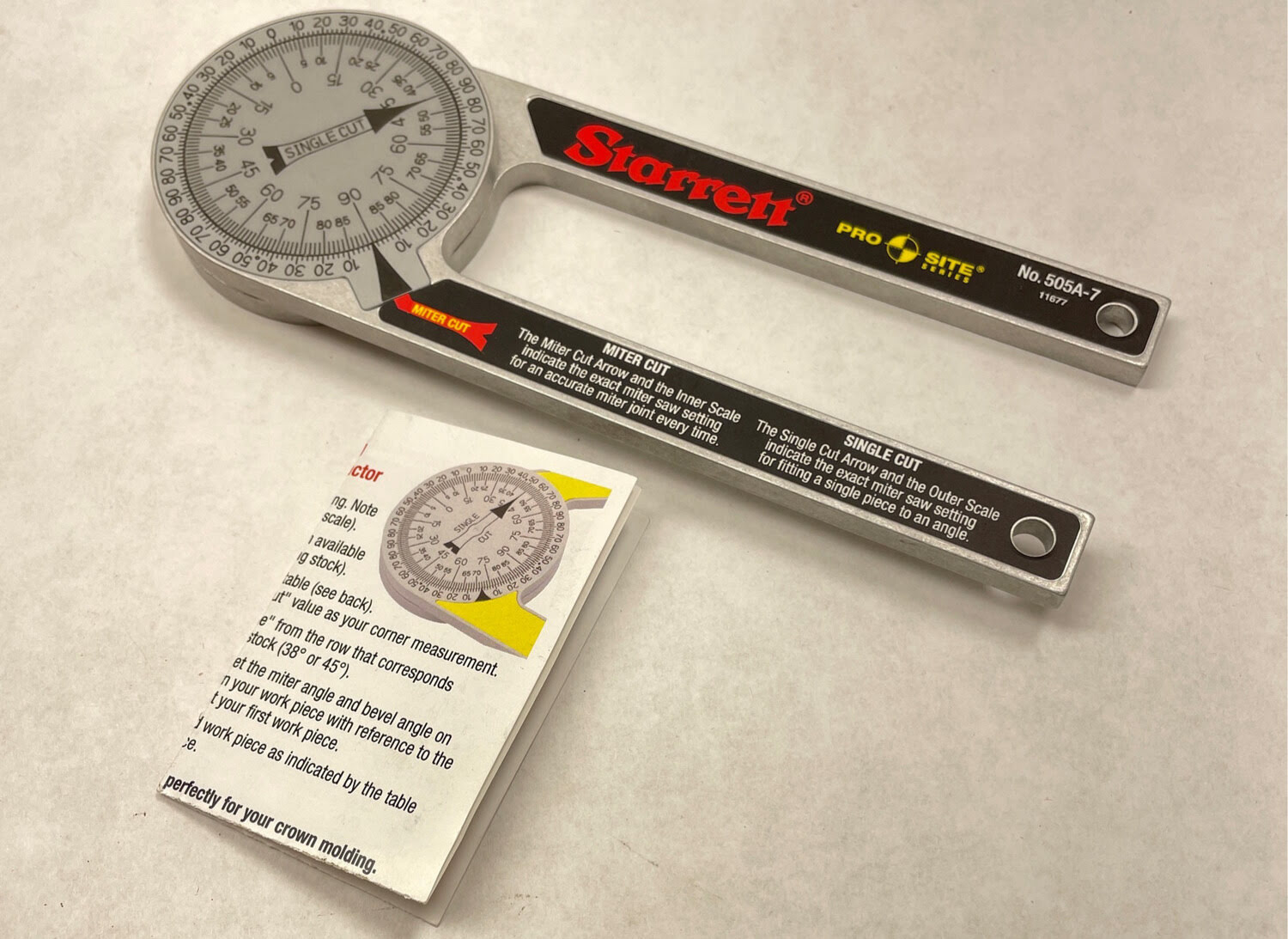
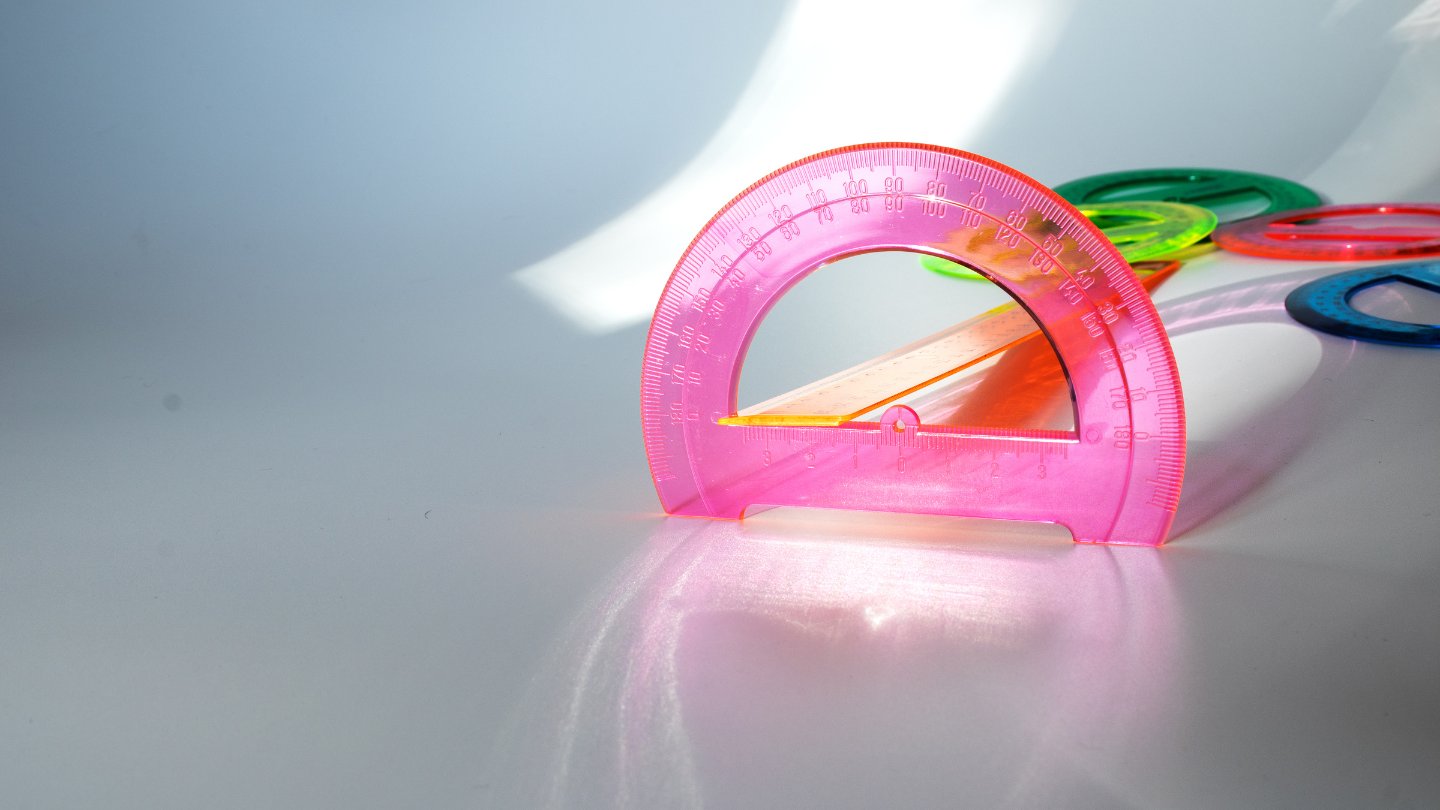
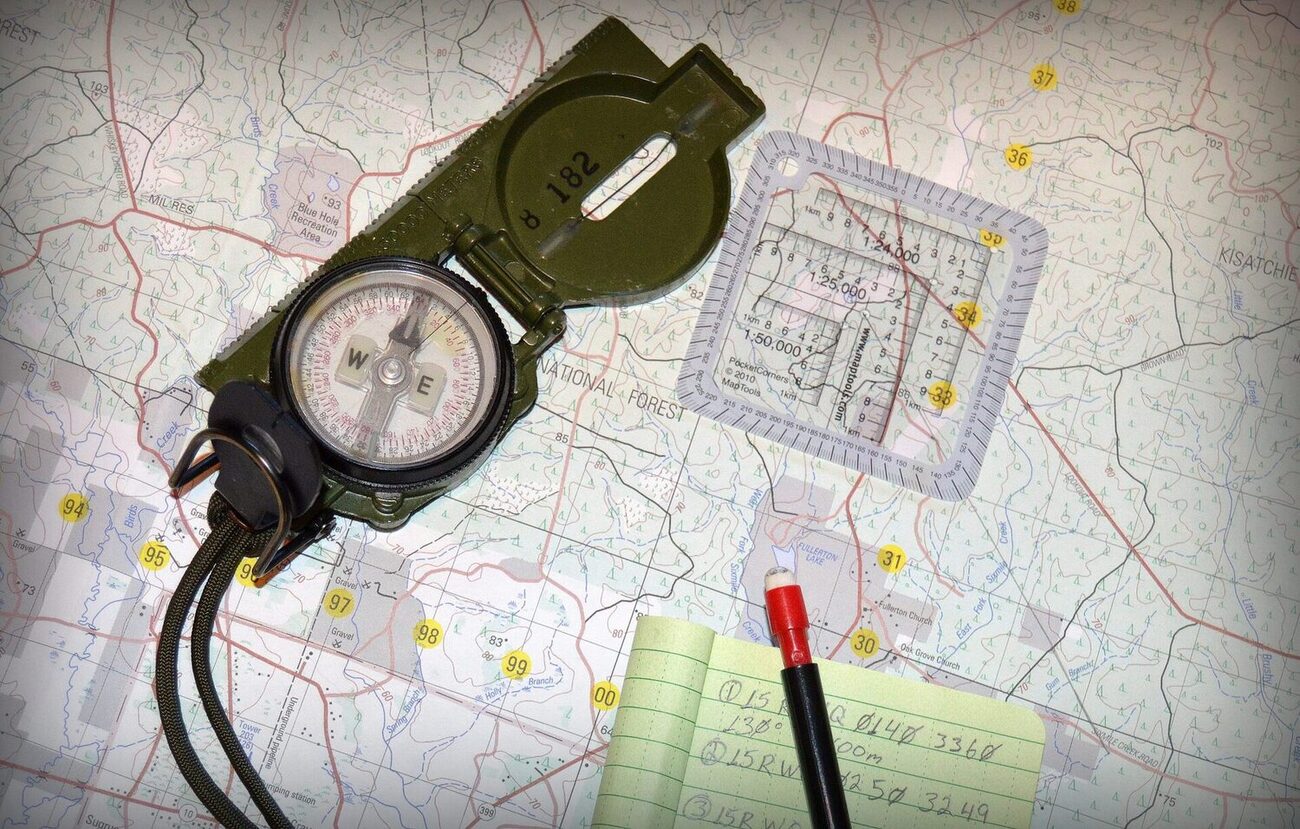
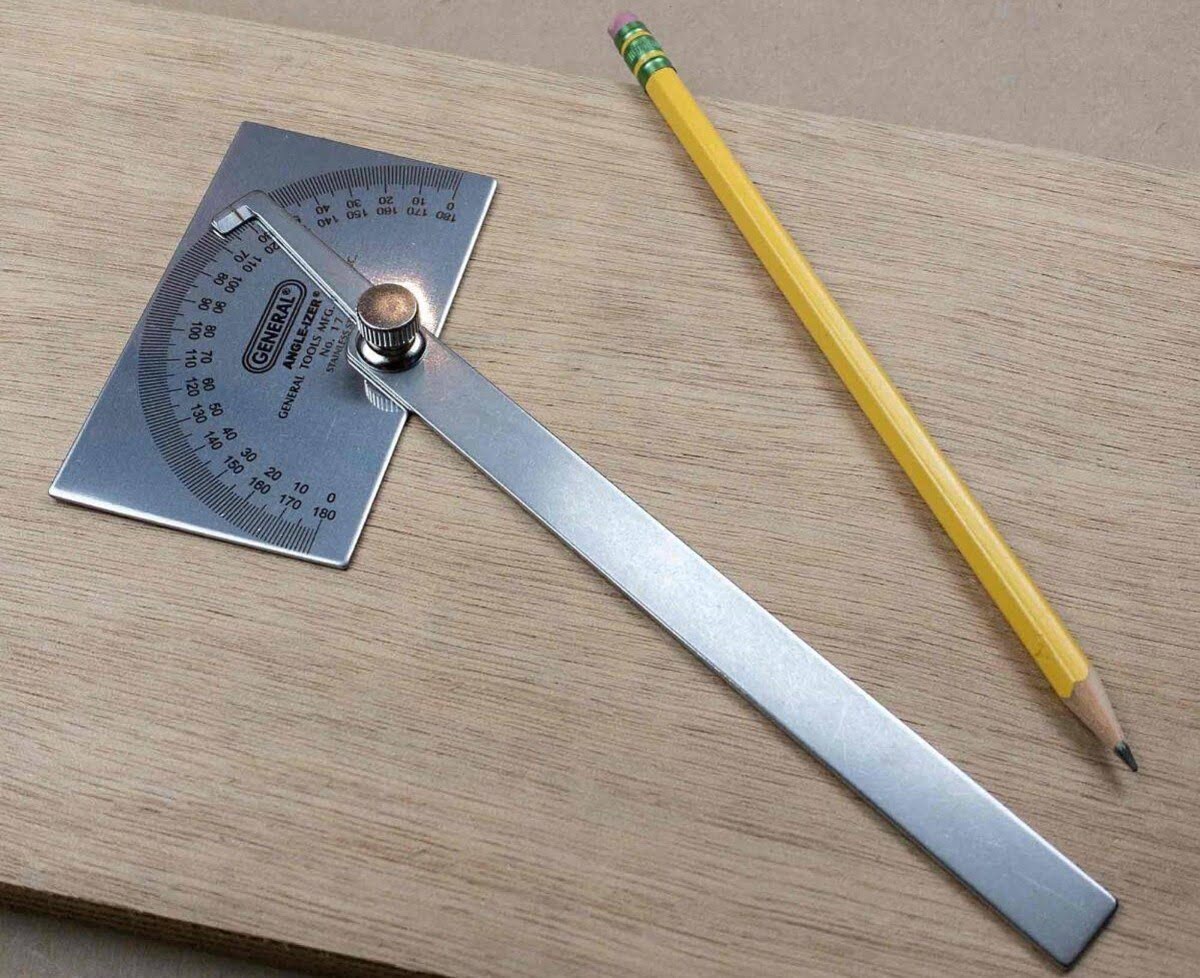
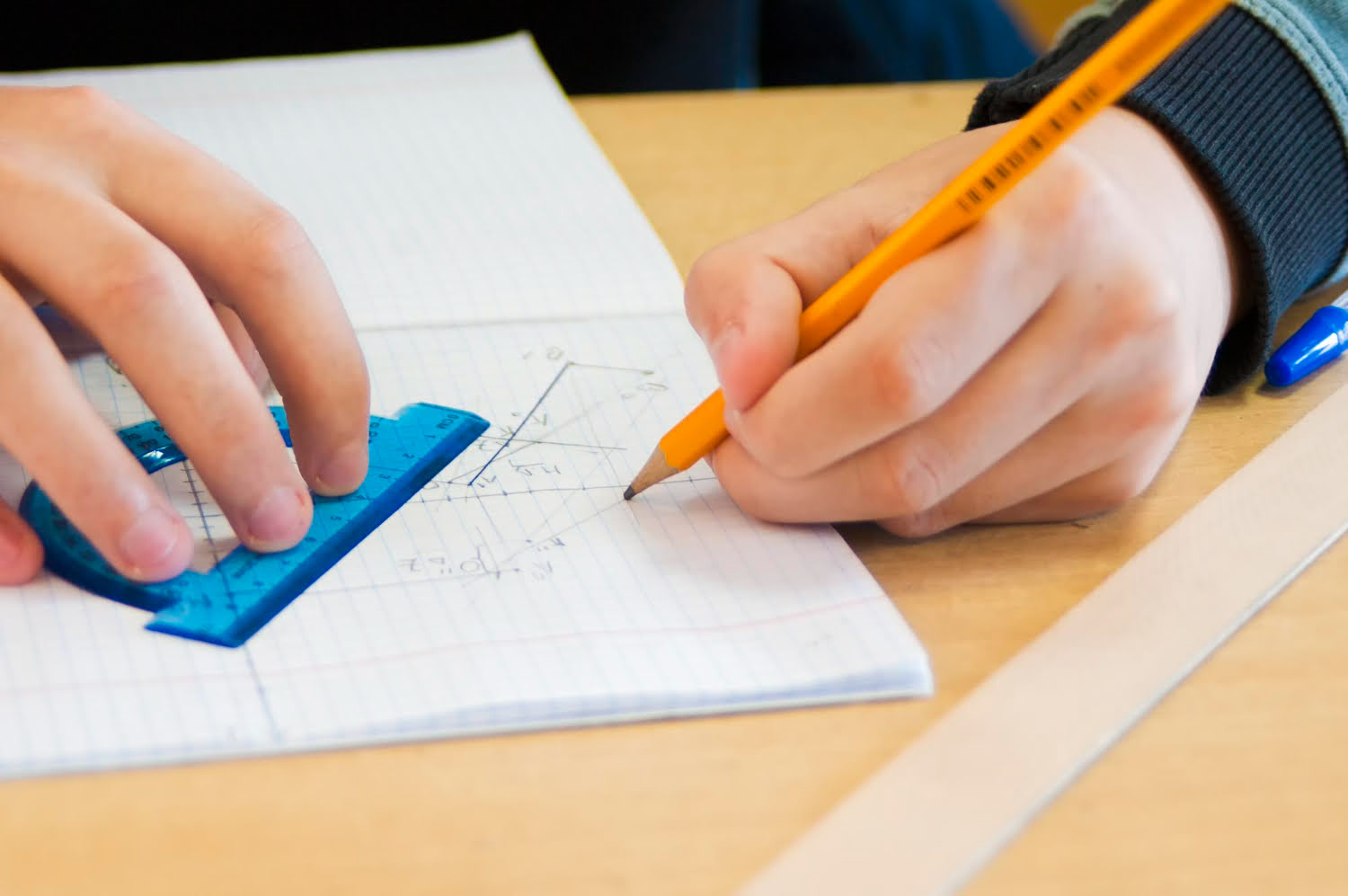
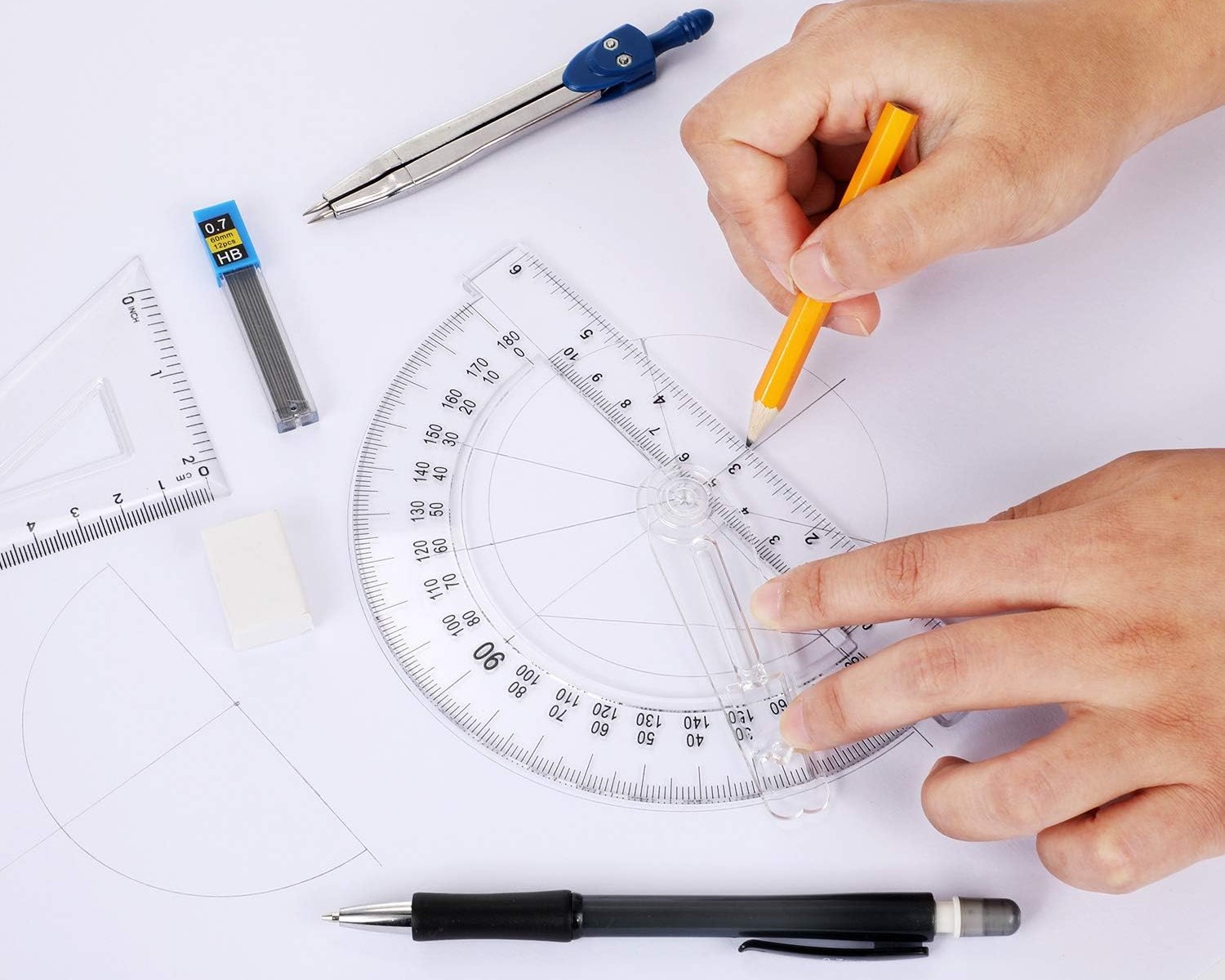
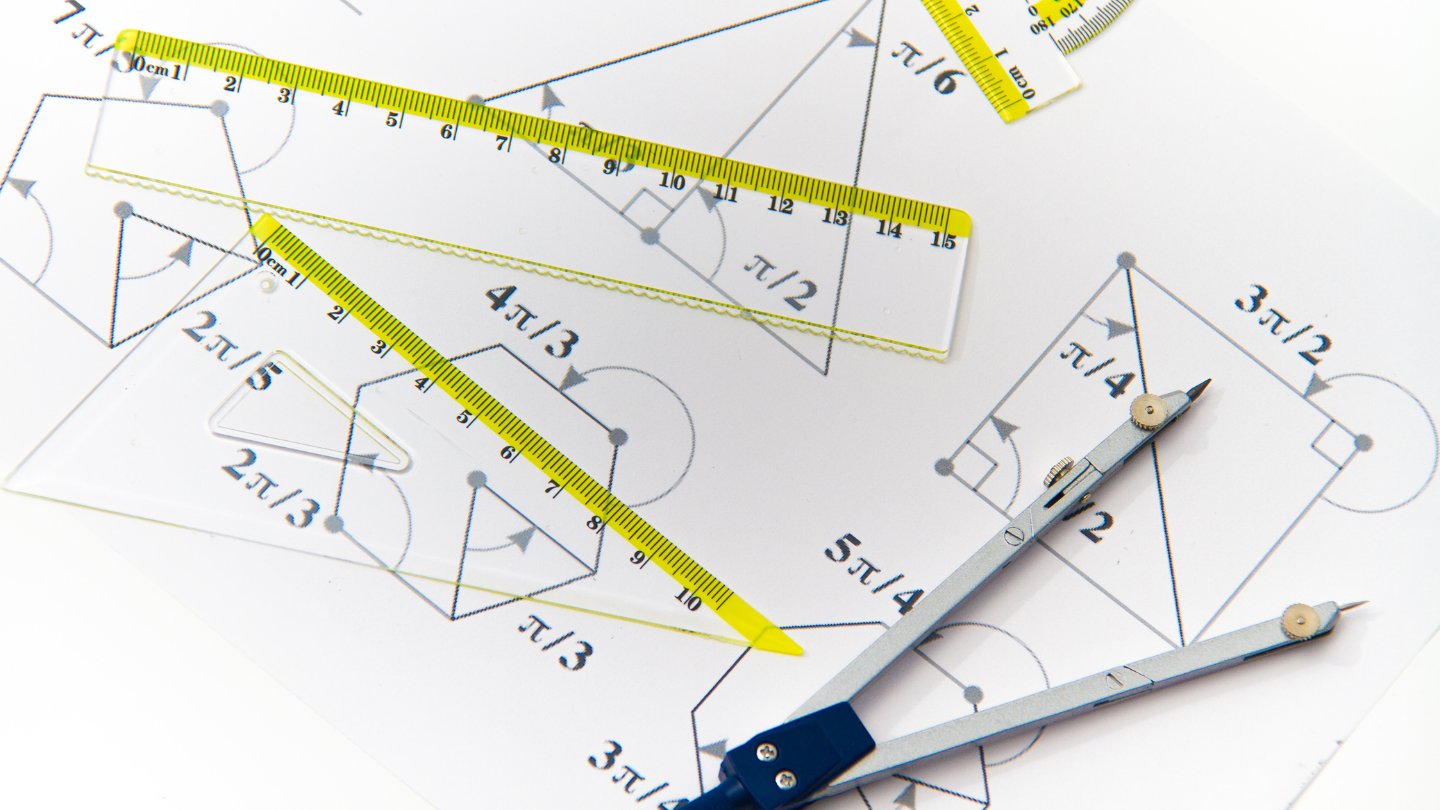
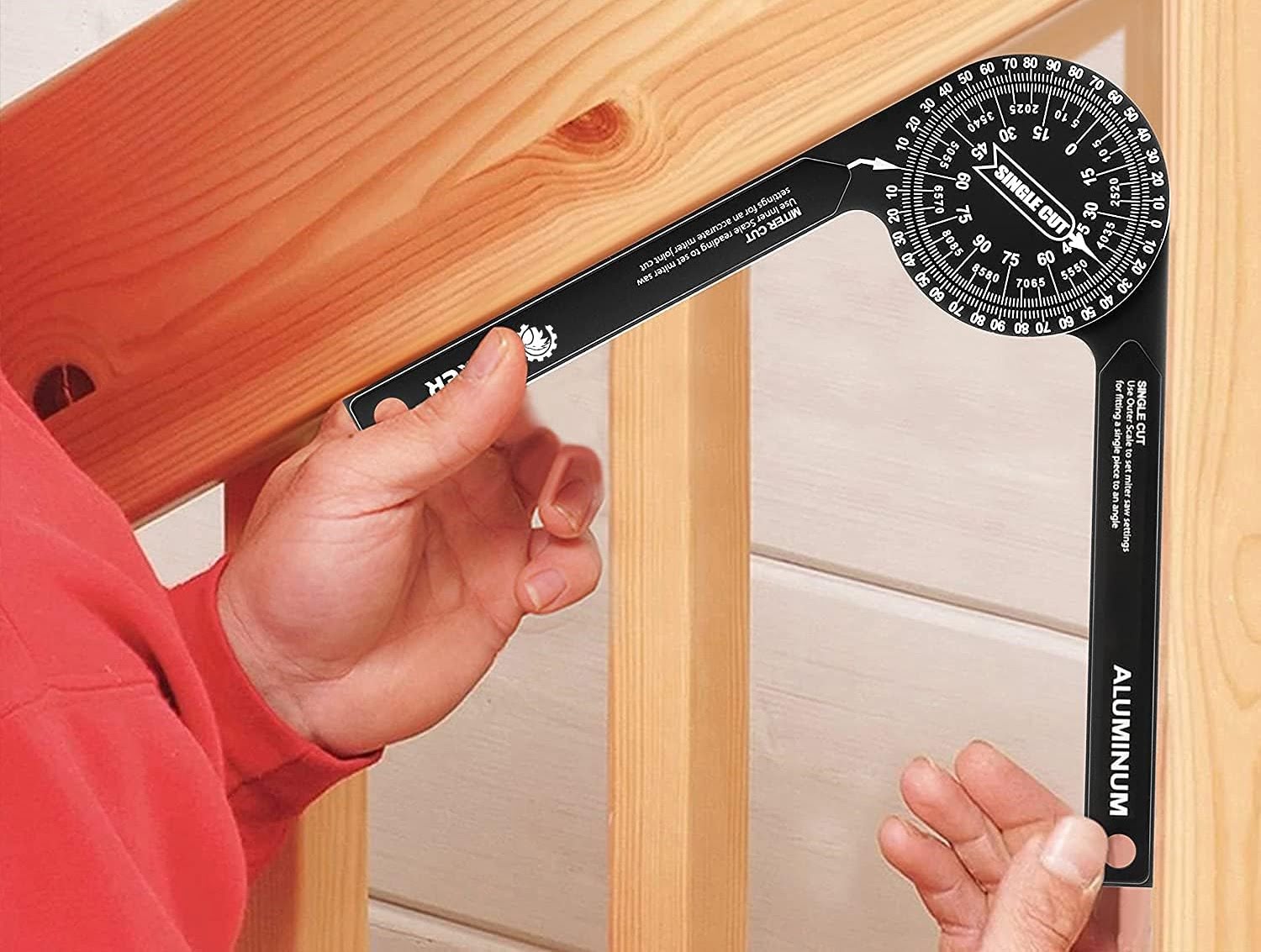
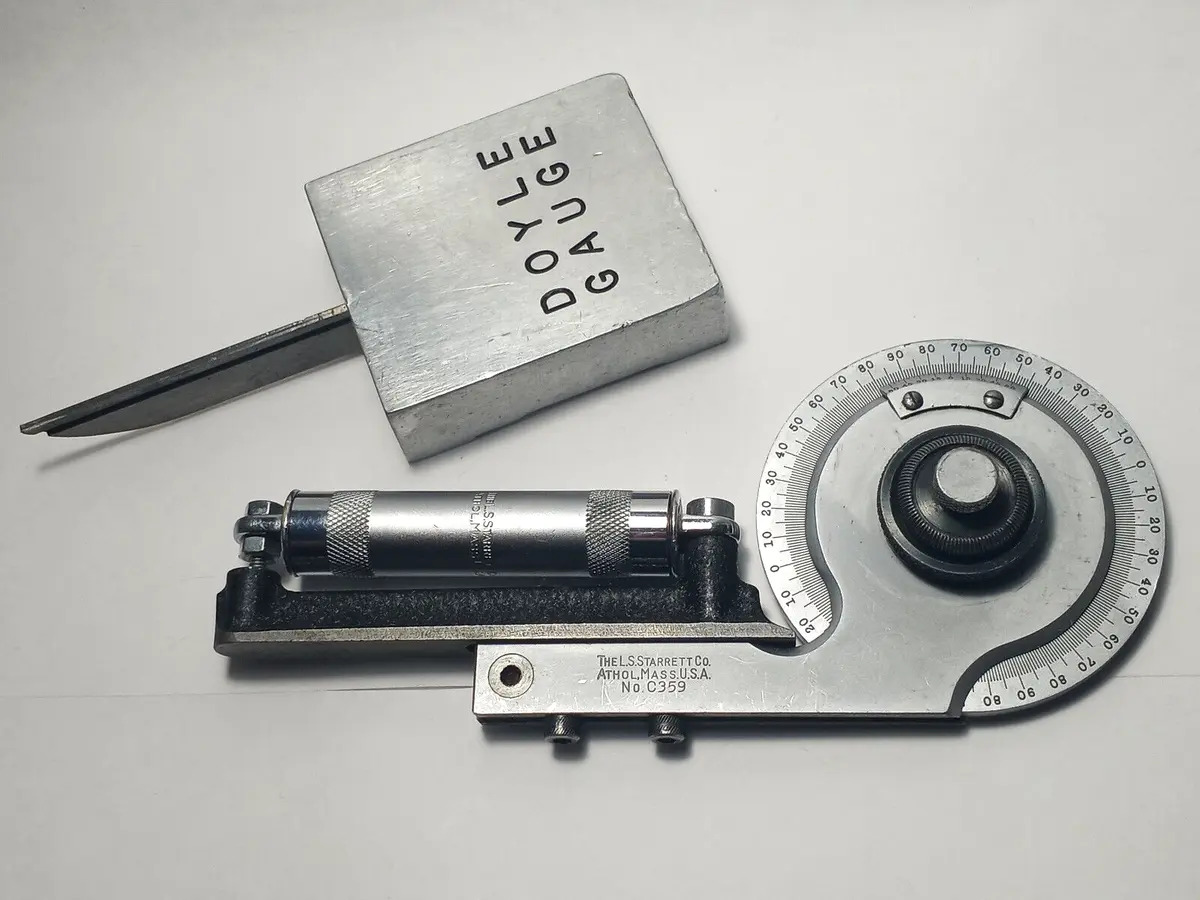
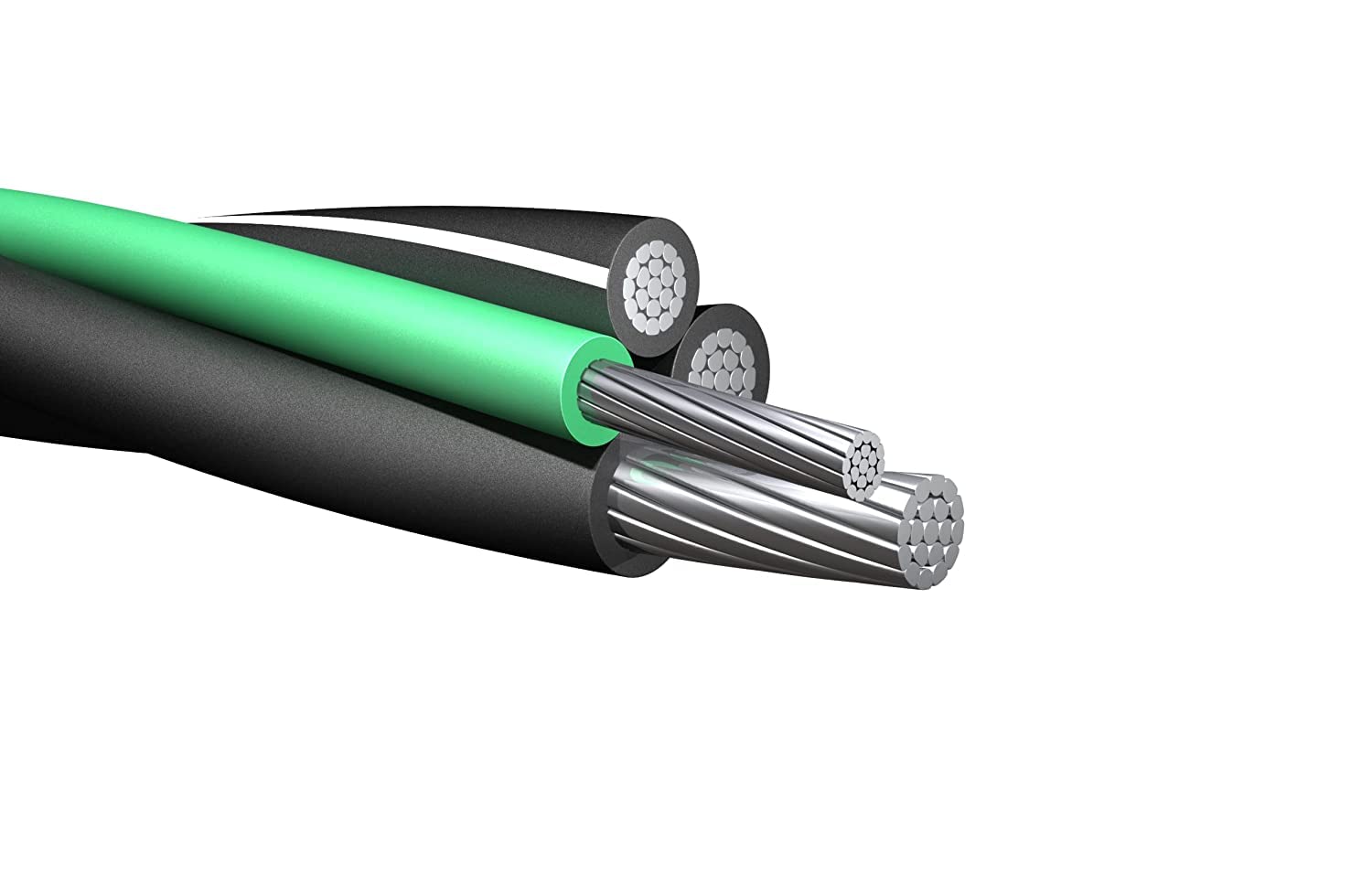


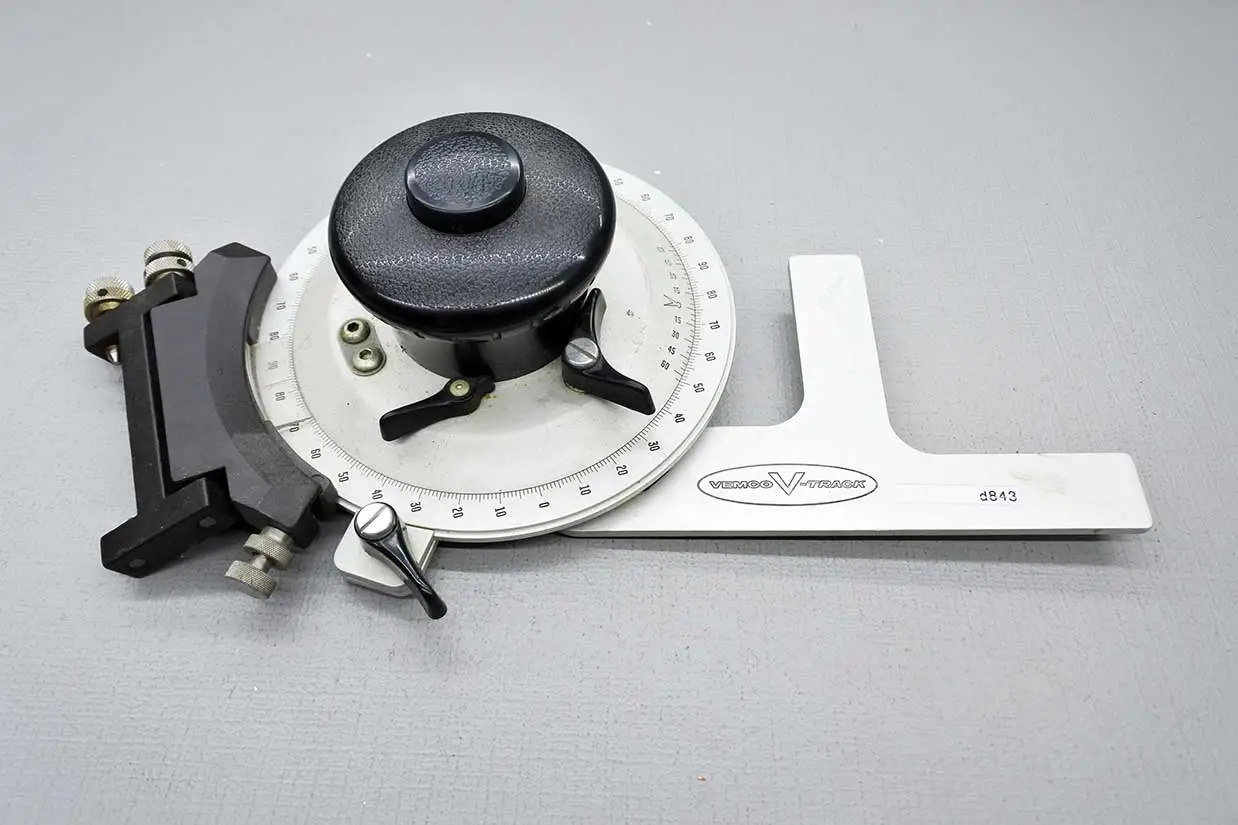
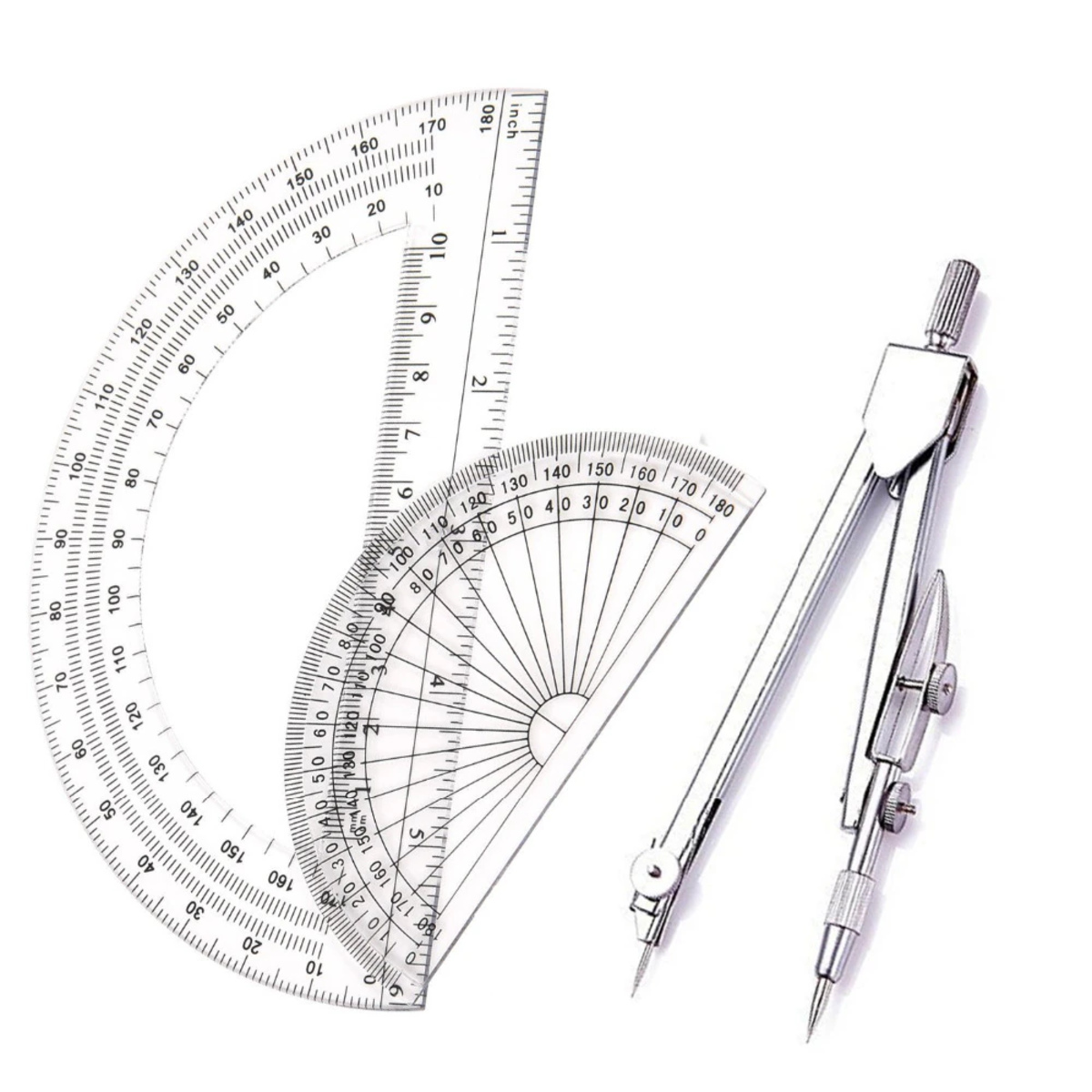

0 thoughts on “What Is A Protractor”